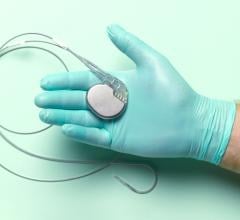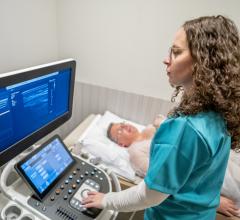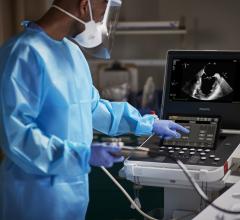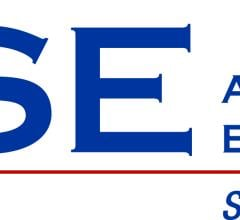
June 13, 2016 — Researchers from Mayo Clinic believe they have found a better way to risk stratify some of their most fragile patients.
Patients with reduced left ventricular ejection fraction (LFLGAS) being evaluated with dobutamine, a medically induced “stressor,” to view their heart function at work need special care. Looking at a cohort of these patients, the researchers found that using echocardiography to measure their aortic flow rate was a good predictor for their risk. “Our work highlights, for the first time, the importance of calculating aortic valve flow rate to risk stratify patients undergoing dobutamine stress echo for a low-flow, low-gradient aortic stenosis. We showed that flow rate goes above and beyond contractile reserve, which is what is being used right now, to risk stratify these patients,” said Said Alsidawi, M.D.
Researchers on the study, Low-flow, Low-gradient Aortic Stenosis: Prognostic Value of Flow Rates vs. Stroke Volume During Dobutamine Echocardiography, included Alsidawi, Robert B. McCully, Christopher G. Scott, Sorin V. Pislaru, Patricia A. Pellikka, Mackram F. Eleid, Jae K. Oh, and Vuyisile T. Nkomo from the Division of Cardiovascular Diseases, Mayo Clinic School of Medicine, Rochester, Minn.
This finding could be useful for many clinicians as patients presenting with low ejection fractions (EF) could be exhibiting an early sign of heart failure. These clinicians need good diagnostic options to assess whether valve replacement surgery or other therapies are needed.
Alsidawi presented a poster based on this research during the American Society of Echocardiography 27th Annual Scientific Sessions, June 10-14 in Seattle. This research was submitted as part of the “Valvular Heart Disease” topic area.
For more information: www.asescientificsessions.org

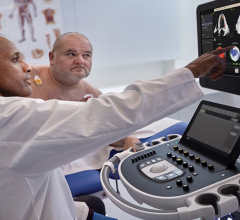
 June 12, 2024
June 12, 2024 

